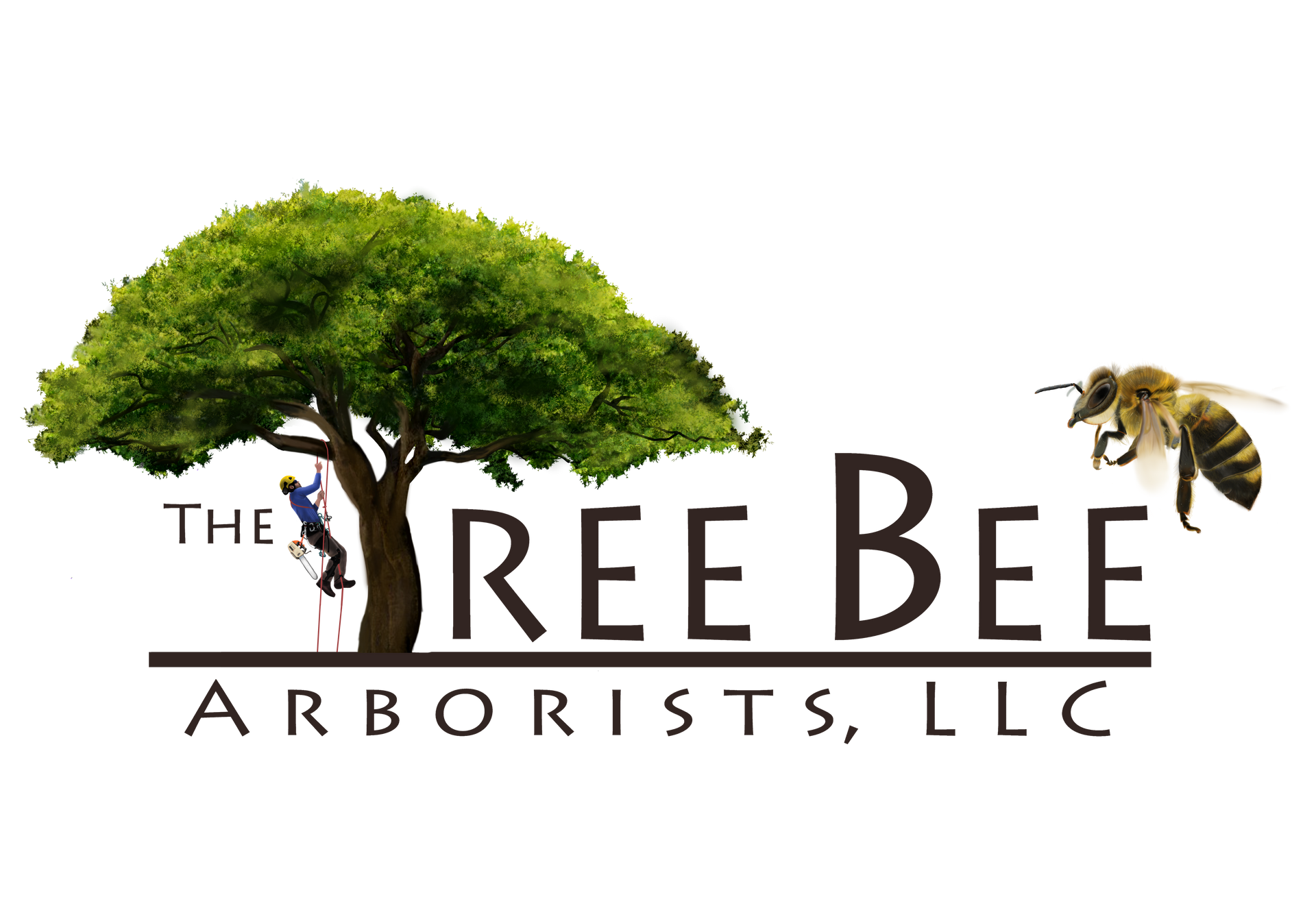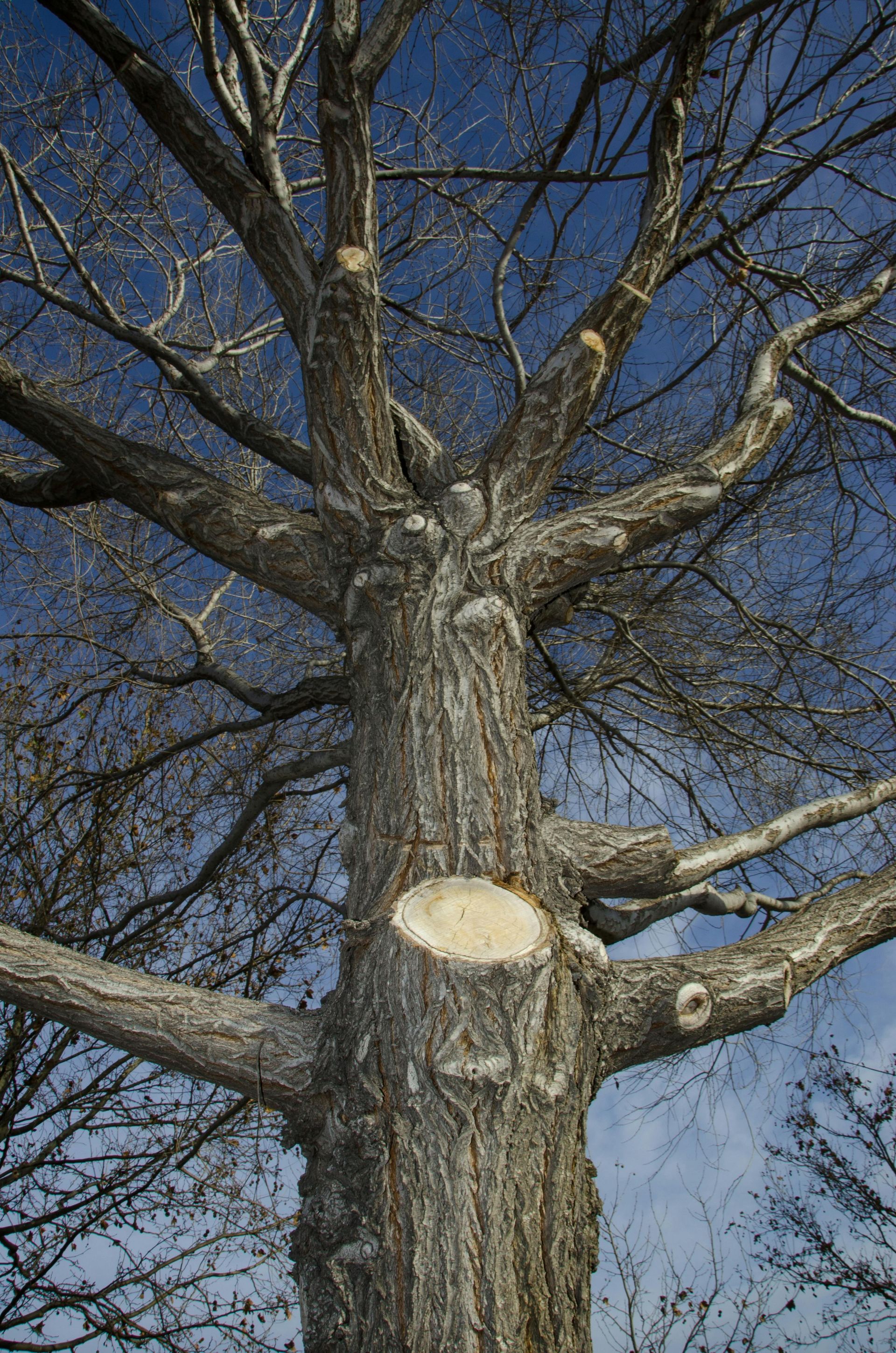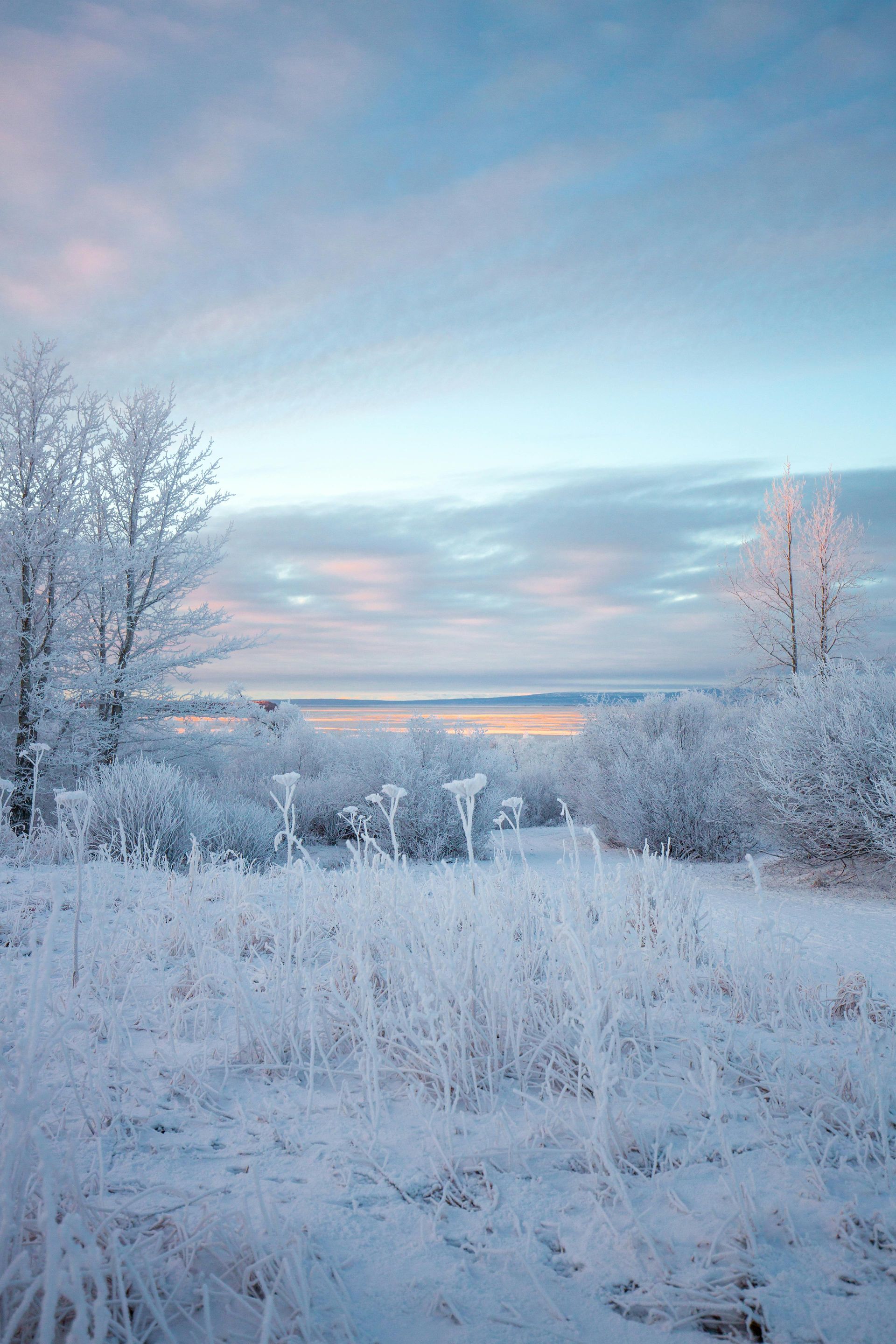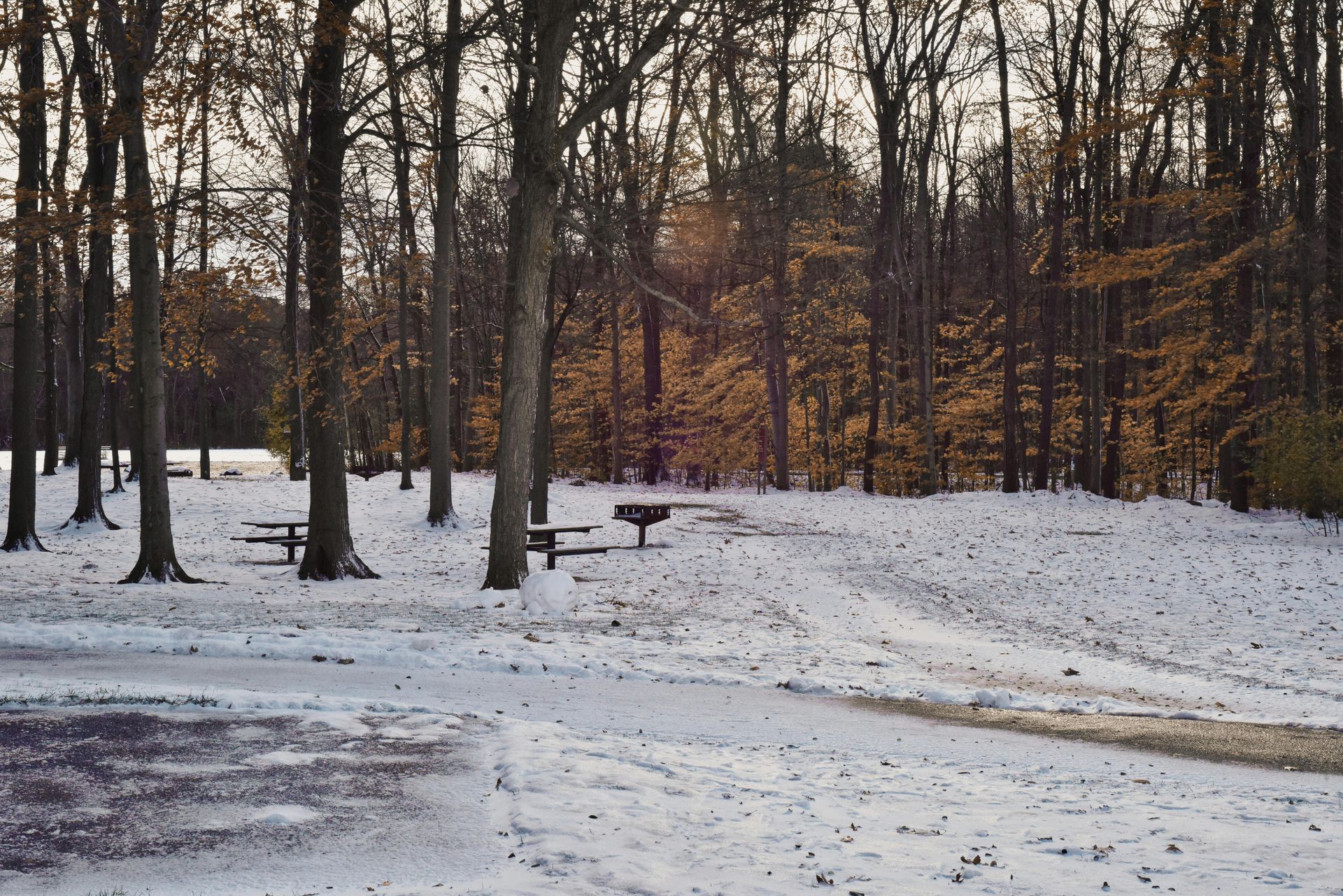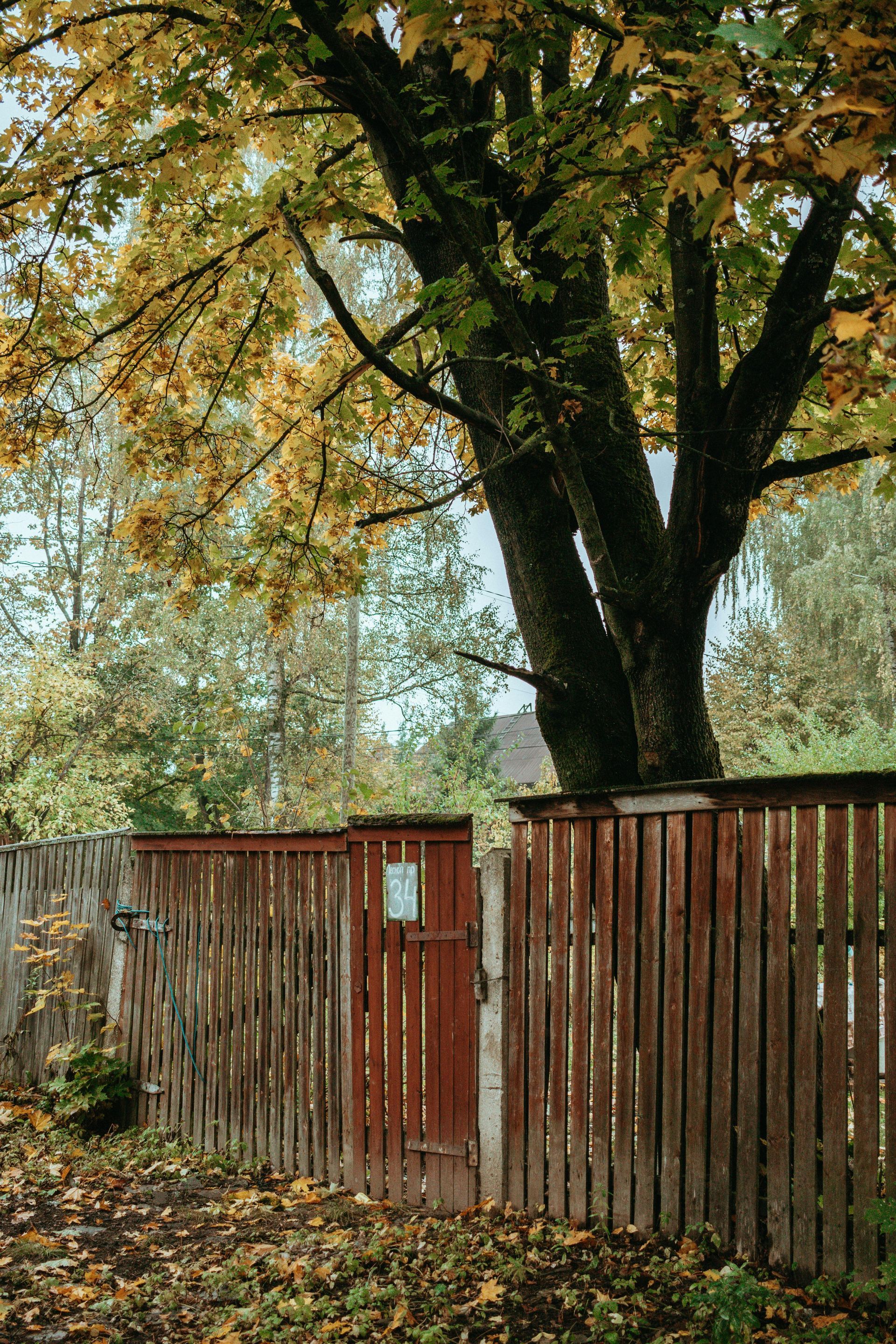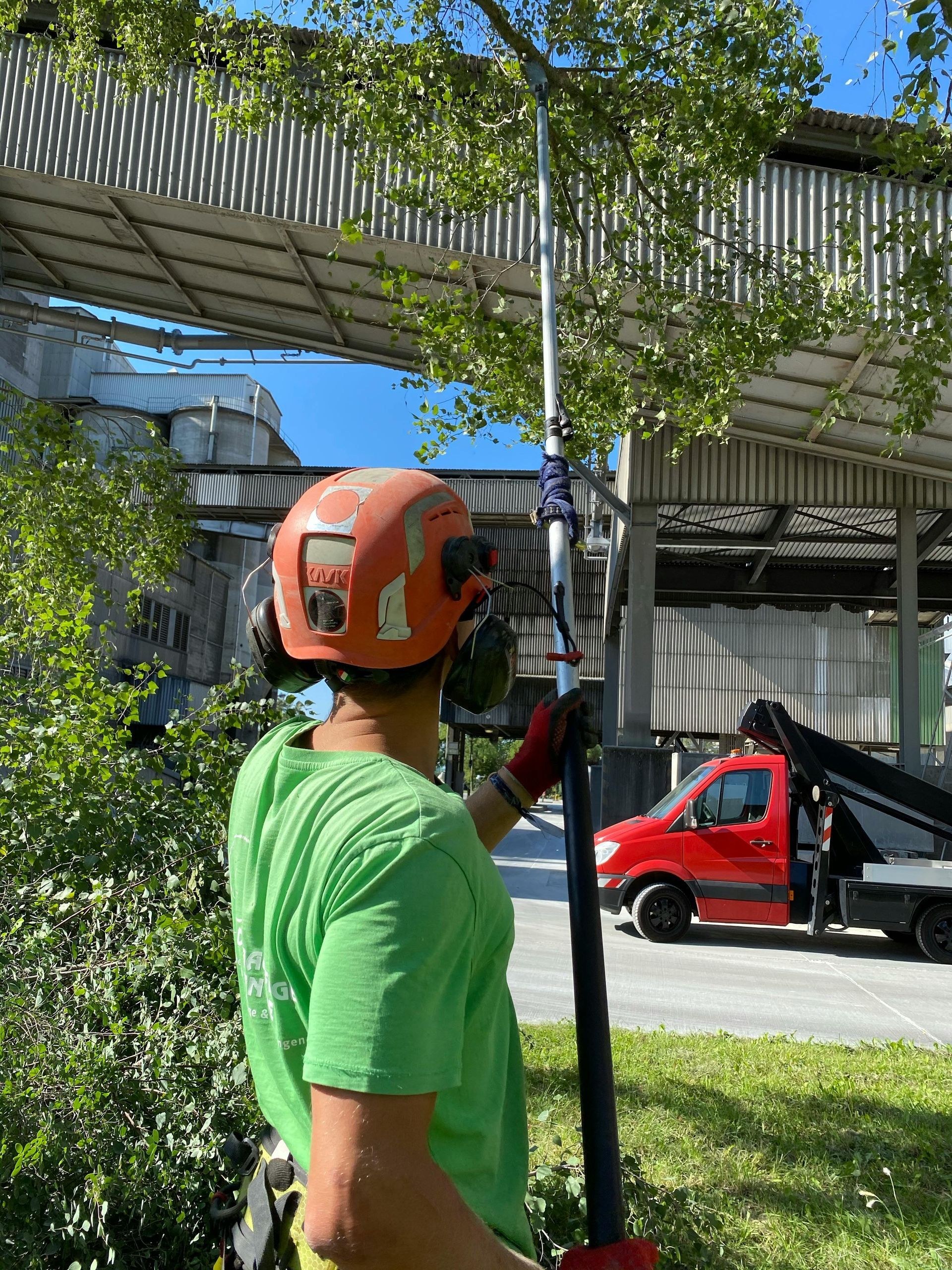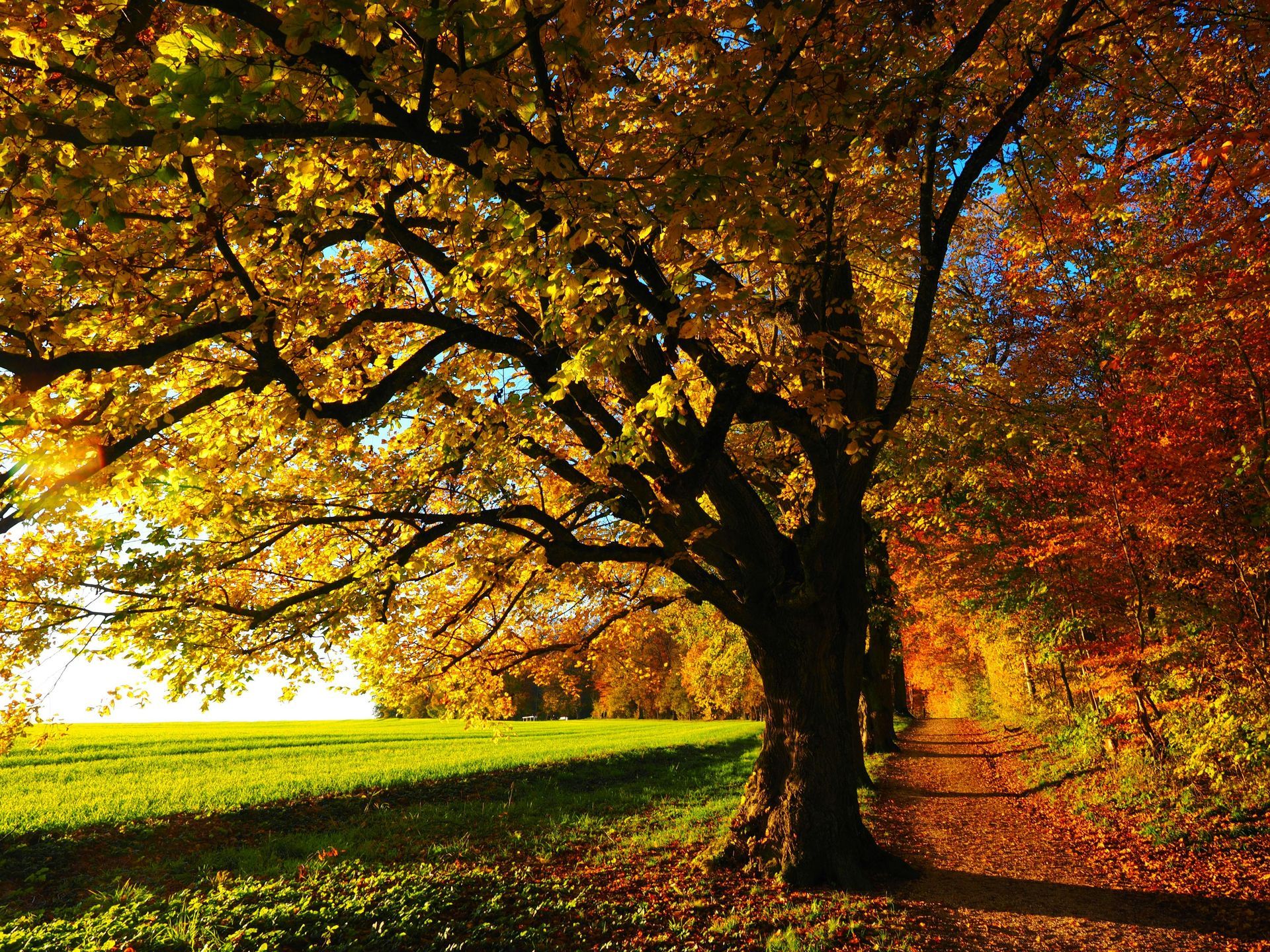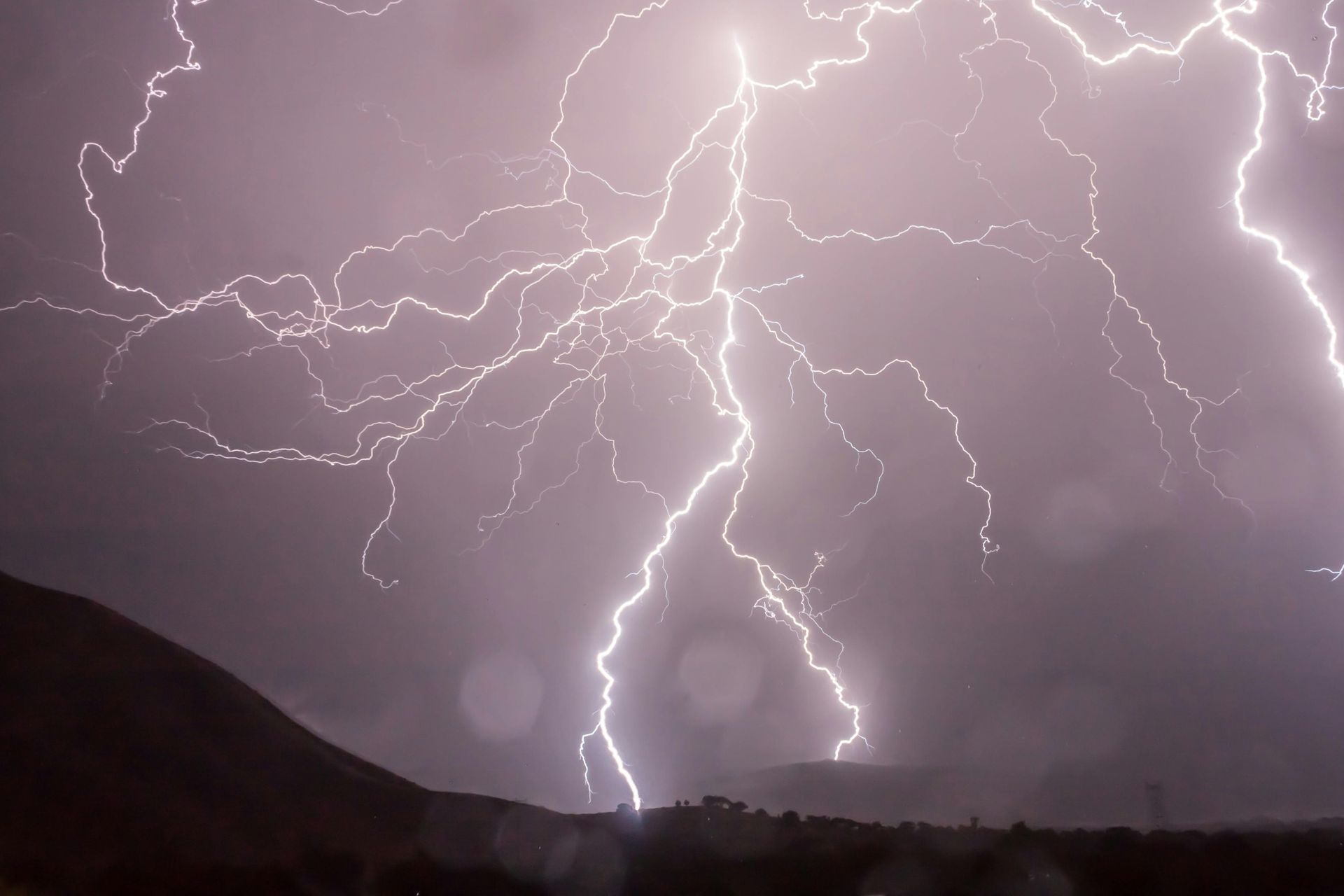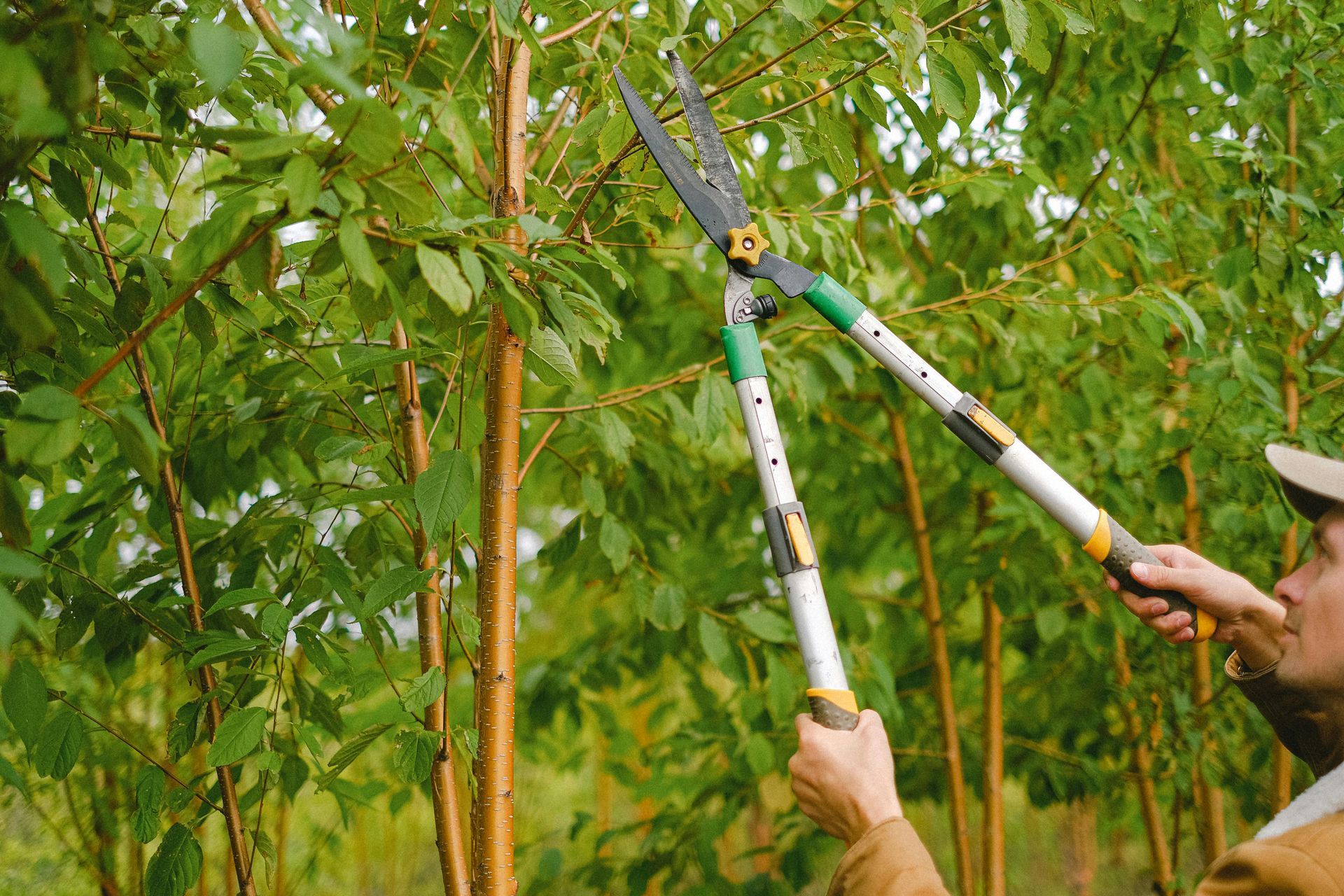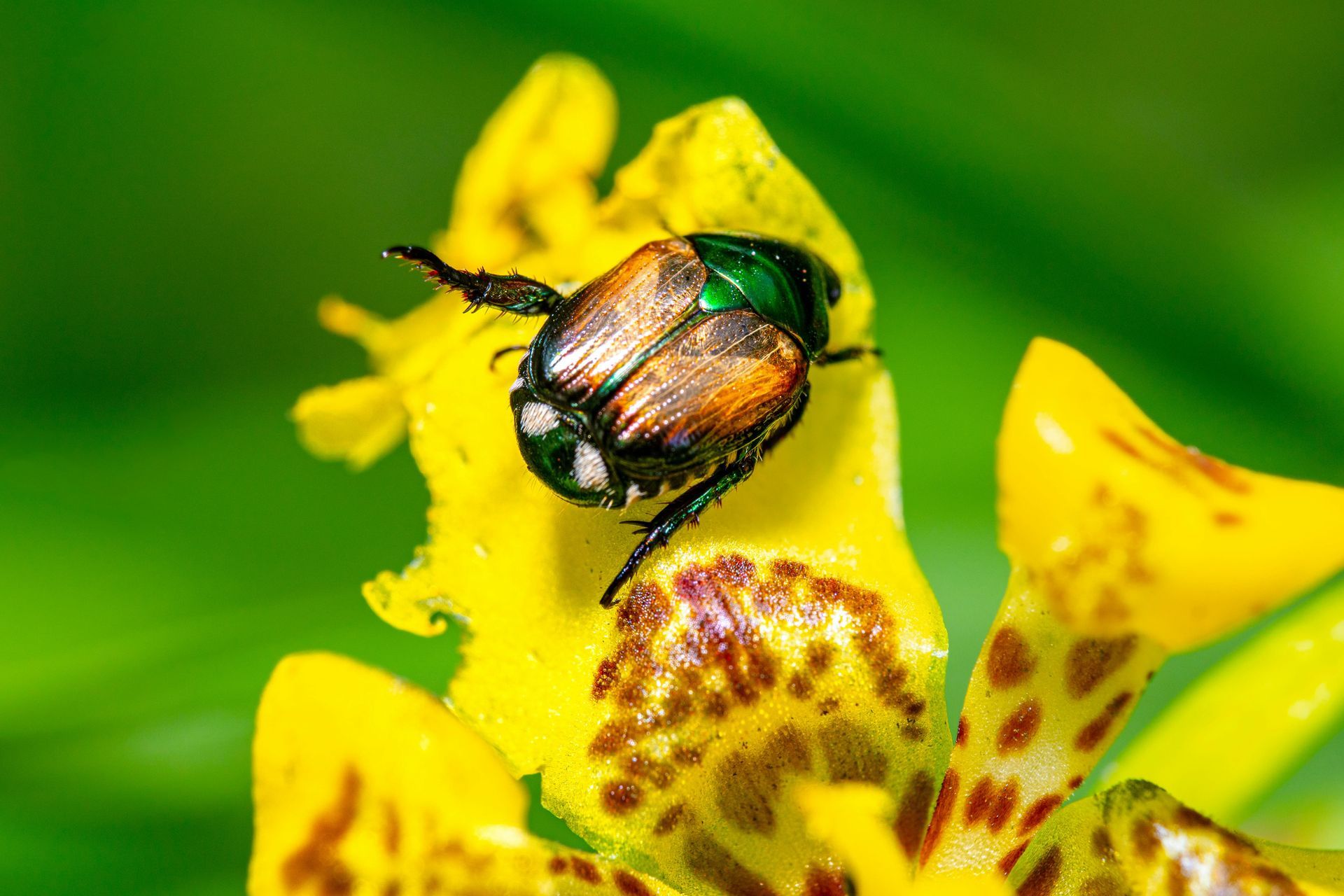Why Fall Is the Best Time to Plant Trees & Shrubs
Set Up Your Landscape for Long-Term Success
Introduction
While most people think of fertilizing in spring, fall is actually the most important time to support long-term tree and shrub health. As the weather cools, plants begin shifting energy from top growth to root development, making it the perfect moment to apply nutrients.
Here’s why fall fertilization matters and how we do it the eco-conscious way.
1️⃣ Fall Is Root-Growing Season
When temperatures cool and daylight shortens, trees slow their above-ground growth…but their roots remain active.
✔️ Applying nutrients now supports root expansion
✔️ Stronger roots = better winter survival and spring growth
✔️ Fall feeding helps correct soil deficiencies revealed over summer
2️⃣ Our Approach: Deep Root Feeding, Done Right
We use a slow-release, environmentally conscious formula applied directly into the soil where trees can absorb it best.
🌿 Encourages long-term plant health
💧 Reduces runoff and over-fertilization risk
🧪 No micronutrients added unless soil/foliar tests show a need
🌱 Supports microbial activity and soil health
3️⃣ Ideal Candidates for Fall Fertilization
Fall fertilization benefits:
- Trees stressed by drought or pests
- Newly planted or young trees
- Ornamental shrubs and evergreens
- Trees in poor or compacted soils
4️⃣ When to Apply
✔️ Best timing:
late September through early November
✔️ Soil temps should still be above 40°F
✔️ Avoid applying right before a deep freeze or heavy rainfall
🌿 Final Thoughts
Feeding your trees now means stronger roots, healthier foliage, and better resilience for the year ahead.
📞 Schedule your fall deep root feeding today…it’s one of the most effective services you can do this season. Call 219-331-5901
